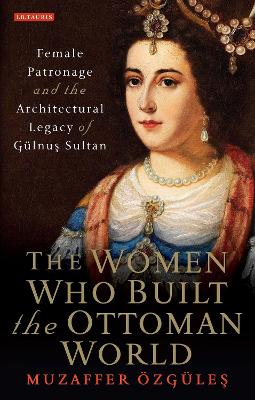Reviewed by Veronica 🦦 on
B+ | Recommend only if you've read The Imperial Harem by Leslie Peirce AND Ottoman Women Builders: The Architectural Patronage of Hadice Turhan Sultan by Lucienne Thys-Şenocak. This book definitely not a book for someone who hasn't read either one of these books (especially the latter - which I previously reviewed).
Özgüleş attempts to argue that because of her patronage which showcased her “immense power”, Emetullah belongs in the “Sultanate of Women” (which is a time period in Ottoman history when women of the imperial harem exerted political influence over their sons & state matters due to the fact that their sons were minors and/or mentally unstable when they rose to power). He did a fantastic job with the research and his dedication was clear from the first. The inclusion of his own photographs of the structures that are still standing (which - unfortunately - are limited to a few since many of Emetullah Sultan's buildings/structures that she endowed and/or bore her name have fallen into disrepair, disappeared, and are forgotten) showed to me how devoted he was to this topic.
His analysis was pretty sound especially when it came to analyzing her building activities and what they meant. I appreciated and rather liked the chapters about the conversion of churches into mosques in her name and the Galata New Mosque for the research and analysis that he did for them. He really took the time to do the research and get the evidence he needed to support his idea. However, there were times when I thought he sounded too desperate and was pulling at strings.
Unfortunately, I wasn't convinced of Özgüleş' argument that Emetullah belongs in the "Sultanate of Women". Sound as his analysis, there were obvious weaknesses in his arguments and the desperation was there all too often. Basically, he shined where he shined, but in the parts that were so-so, the writing and the argument were just that: so-so.
So basically? This book is a solid B+. Again, don't recommend it if you haven't read either of the books I mentioned above, especially Thys-Şenocak's Ottoman Women Builders. That book is essential to understanding this topic in my opinion. Yes, Peirce's book is important too, but I'm assuming that you've at least read that before thinking about jumping into this one. Because you need to know how the Ottoman harem operates to get a clue and a decent foundation to understand what's happening in this book.
Reading updates
- Started reading
- 10 January, 2018: Finished reading
- 10 January, 2018: Reviewed
